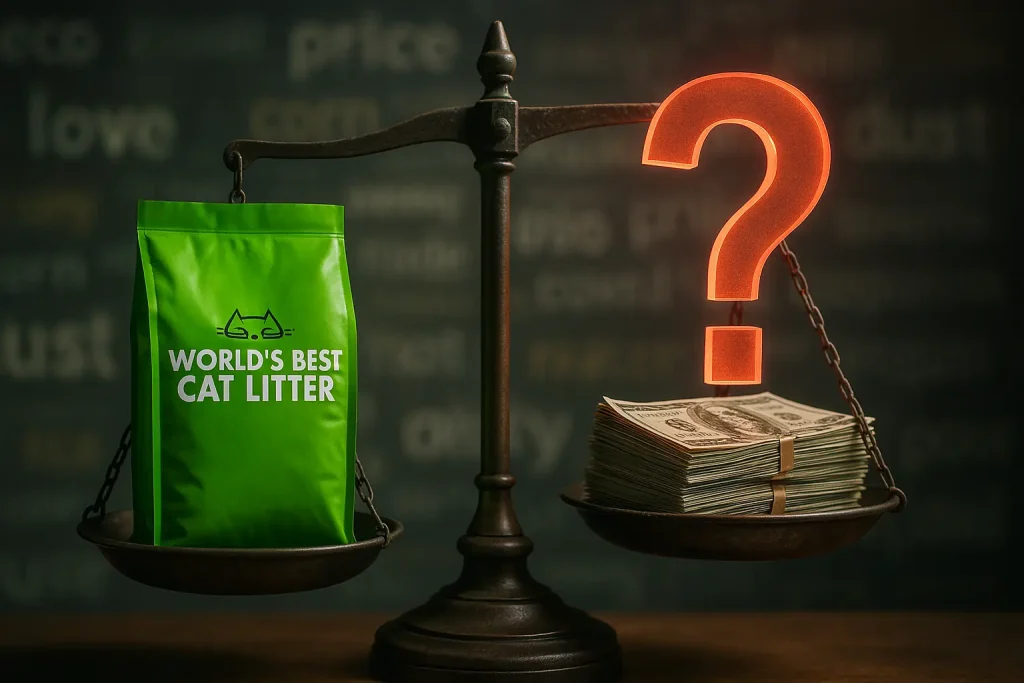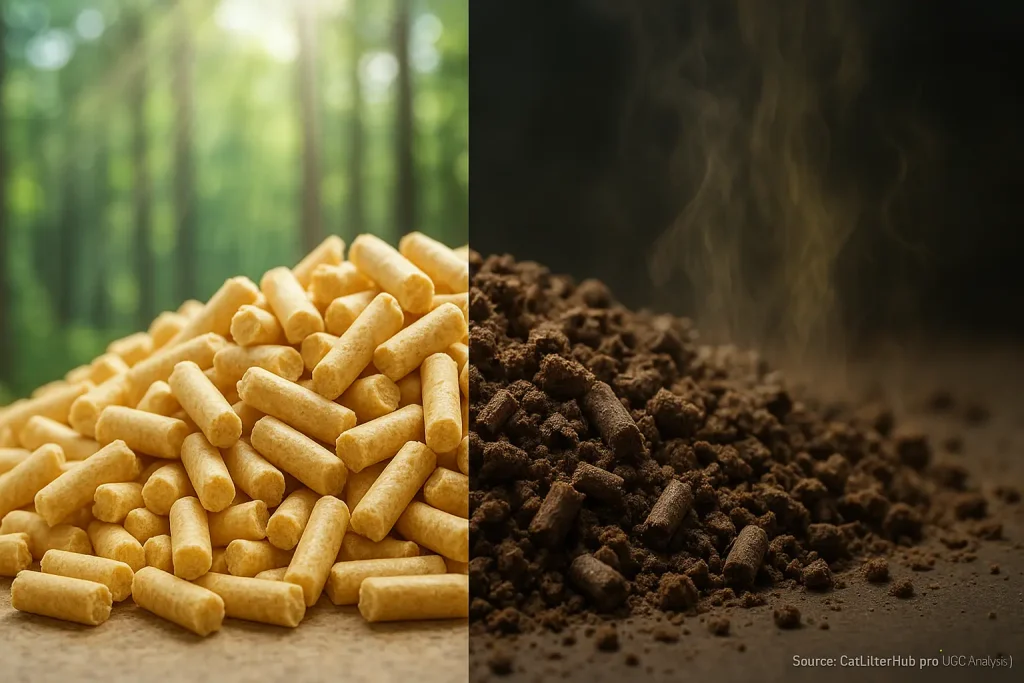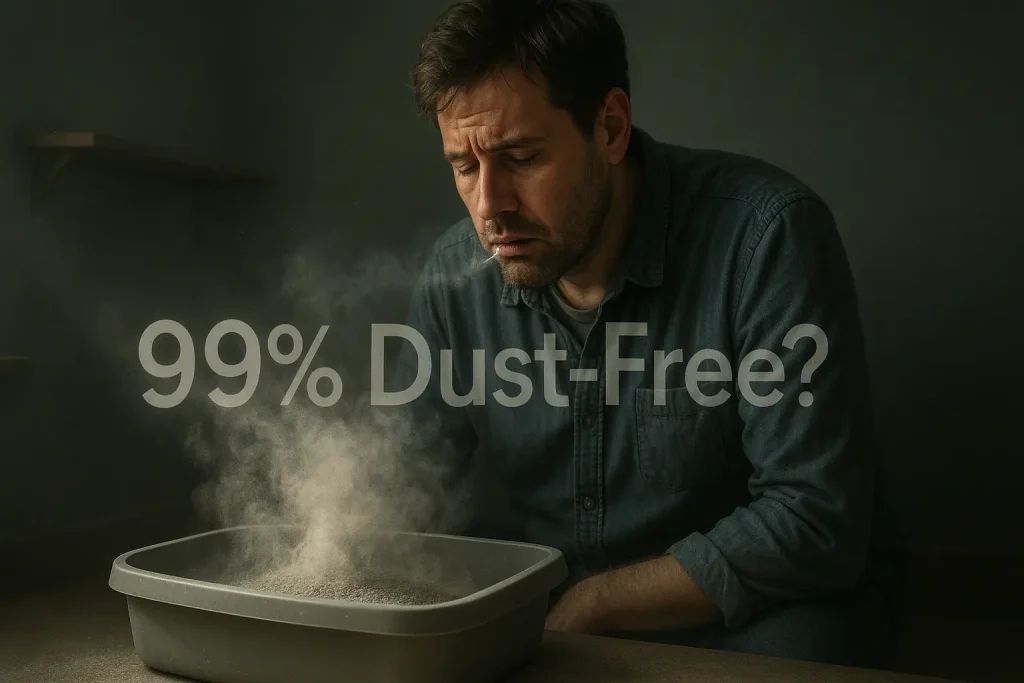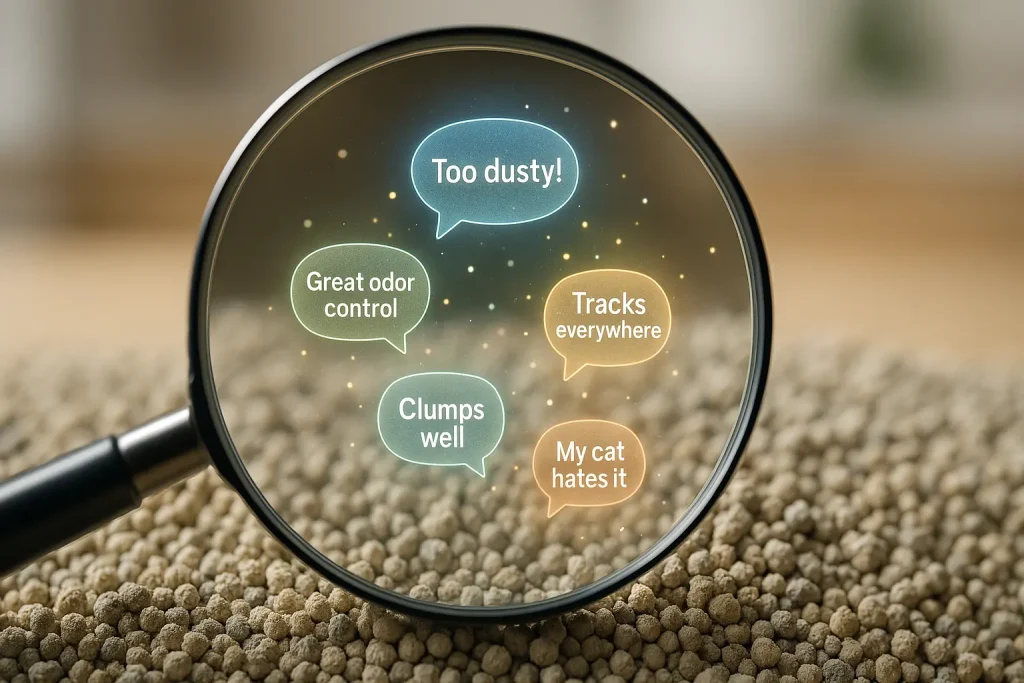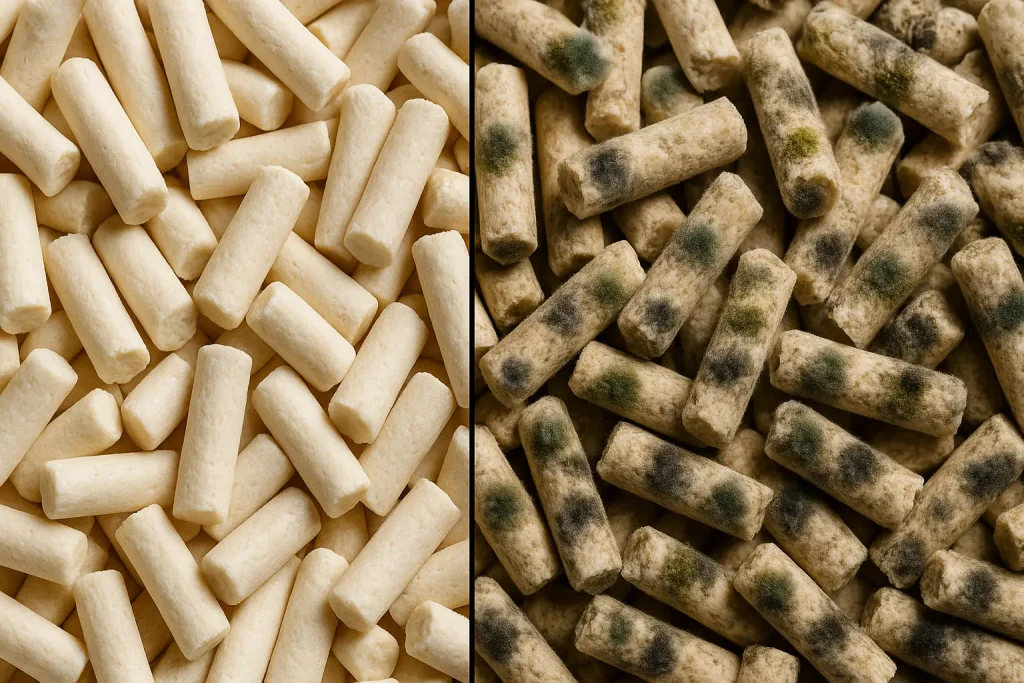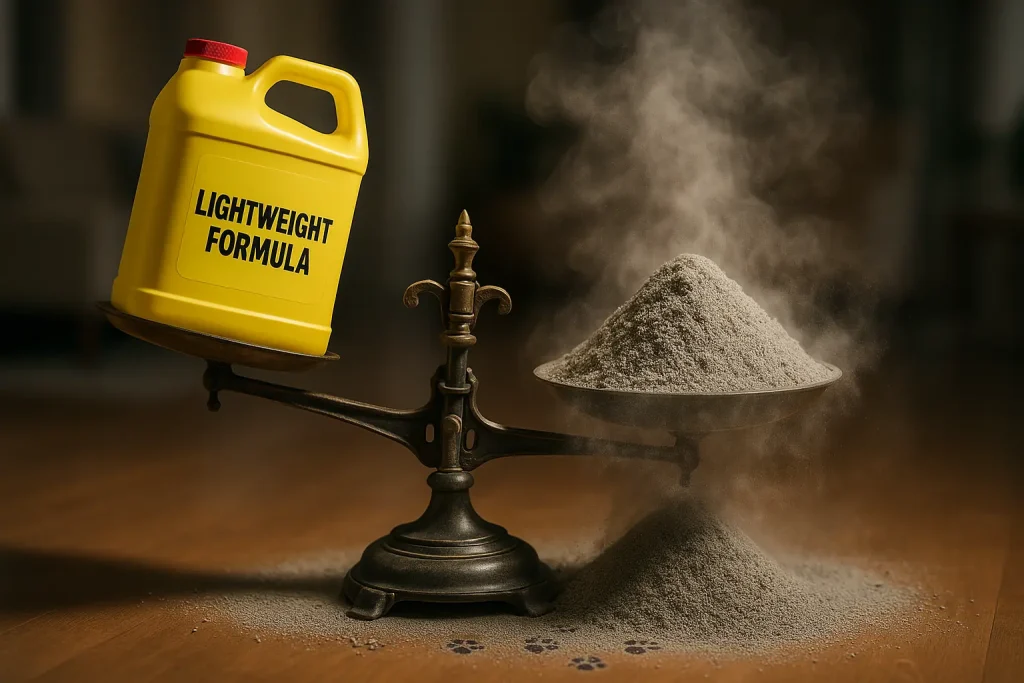The Alluring Plant Hack: Genius or Just Plain Dangerous?
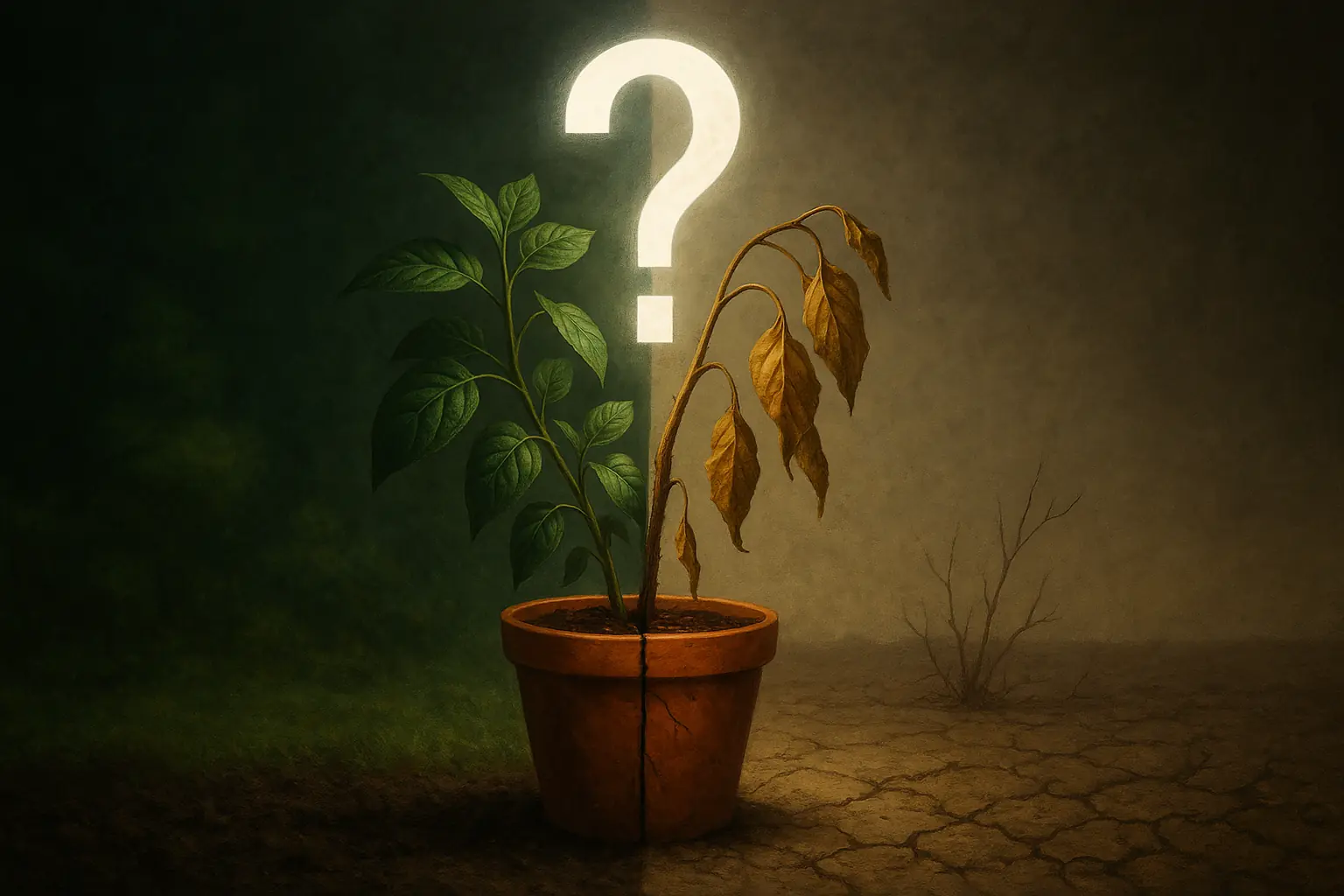
Ever scrolled through gardening forums? Seen someone swear by cat litter for their houseplants? You are not alone. The allure of this particular hack is strong within online plant communities. It often promises better soil drainage or moisture retention, a seemingly clever way to repurpose old litter. Sounds quite resourceful, doesn't it?
But user-generated content paints a truly complex, often contradictory, picture. One group of gardeners might showcase thriving plants. They credit cat litter for surprising success. Turn the digital page, however. You quickly find another user lamenting. Their once-prized fern withered terribly after they tried the exact same trick. So, what really gives?
Is this a miracle soil amendment? Or a one-way ticket to plant-pocalypse for your cherished greenery? Our deep dive into gardener forums and countless user reviews aims to dissect these varied experiences. We are sifting through the anecdotal evidence. The goal is clear: uncover potential benefits, identify serious risks, and find the critical factors that determine if this hack is a genuine win or a toxic mistake.
The "Why": What Benefits Do Gardeners Hope For (and Sometimes Get)?
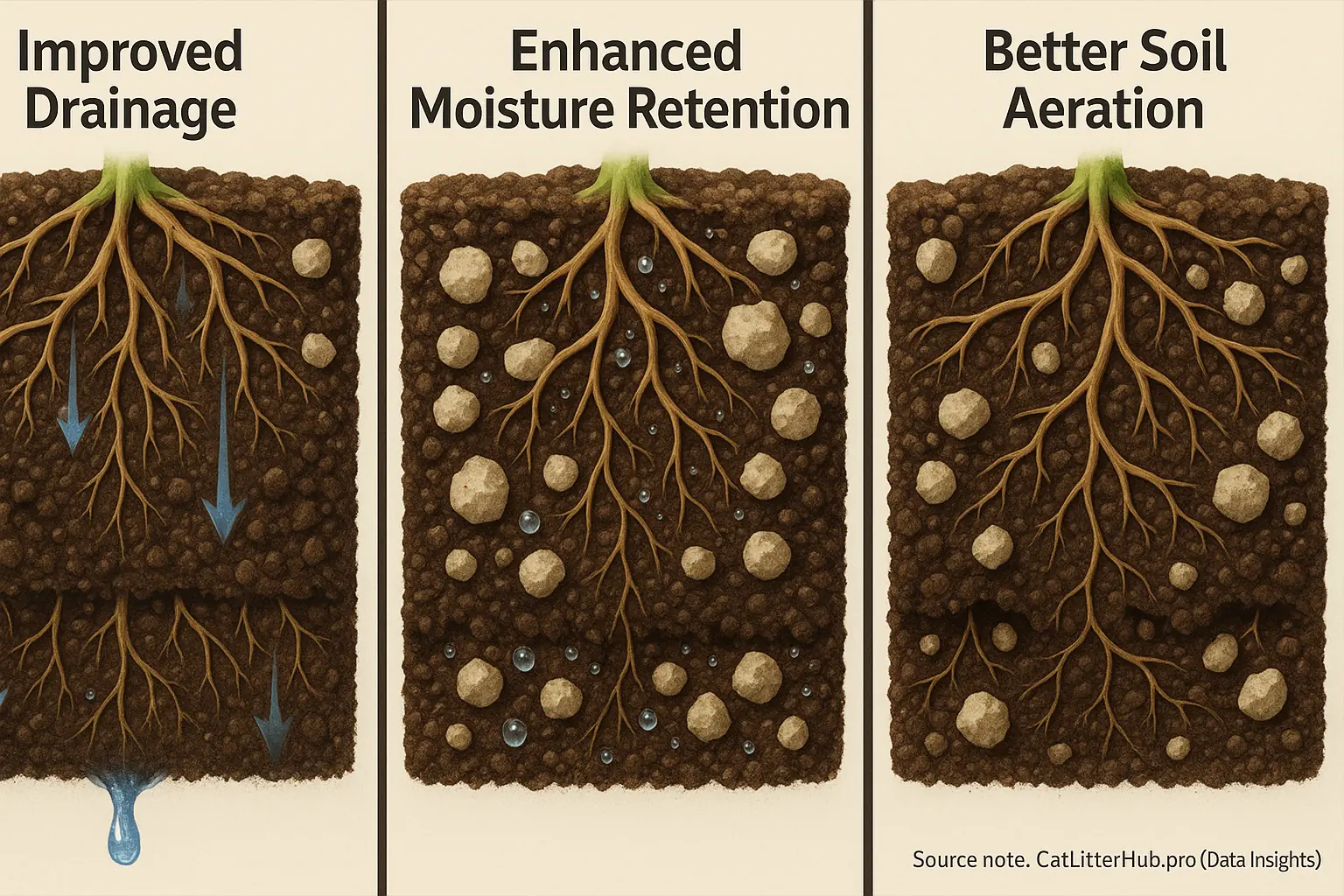
So, why do some gardeners swear by adding unused cat litter to their plant pots? The core motivation often boils down to solving common gardening headaches. Many users report specific improvements. They seek better conditions for their beloved plants.
Improved soil drainage is a huge draw for many plant enthusiasts. This benefit is particularly noted by those battling heavy, water-retaining soils. "My pots used to get waterlogged," one user might share, "but since I mixed in some unused clay litter, the water drains much better, and my plant roots aren't drowning anymore." Some users also report success with certain silica-based litters for this purpose, aiming to prevent root rot.
Enhanced moisture retention is another frequently cited advantage. Gardeners observe this especially with unused clay-based litters. The idea? The litter helps soil hold water longer. "I was always forgetting to water my ferns," a hypothetical gardener explains, "but adding a bit of unused clay litter to the mix seems to hold onto moisture longer, giving me a bit more leeway." This perceived benefit is a lifeline for those with thirsty plants or a less-than-perfect watering schedule.
Beyond water management, some users claim better soil aeration. They believe the granular structure of certain litters, like coarse natural types or some silica gels, helps keep soil from compacting. 'It's like giving your plant's roots little air pockets,' one might suggest. 'The soil doesn't turn into a hard brick.' For those with large, heavy pots, another surprising practical benefit sometimes emerges. "That giant ficus was a nightmare to shift," a user might recall, "but incorporating some lightweight silica litter into the bottom third of the pot definitely made it more manageable without sacrificing drainage." These are the hopes and observed outcomes driving this unusual gardening hack.
The Uh-Oh: Unpacking the Risks & Toxic Mistakes Users Report
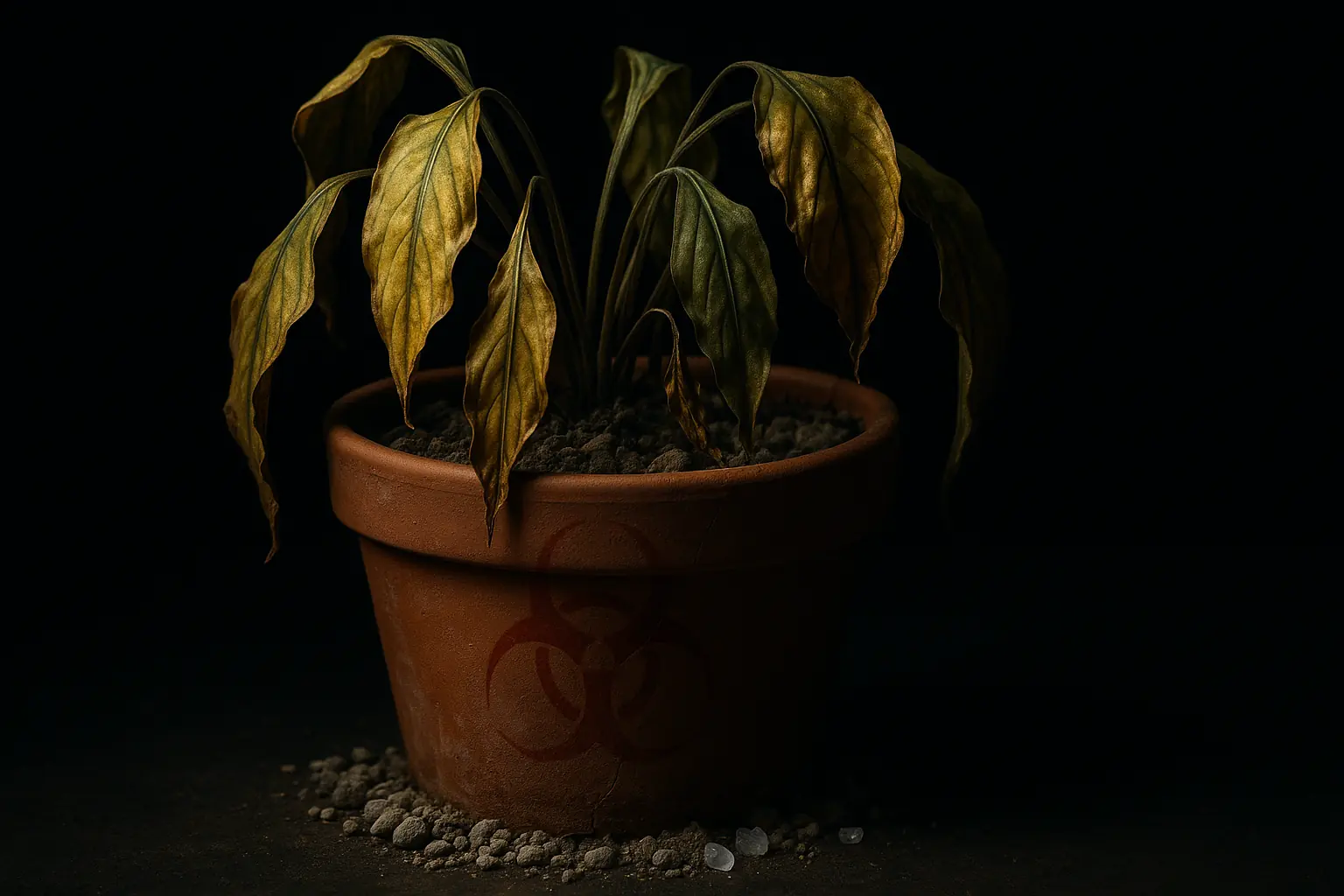
Using used cat litter in gardens is a major red flag users consistently raise. "Never, ever put used cat litter in your garden, especially if you grow food!" is a common, urgent warning. Our analysis of thousands of user reviews shows this advice often originates from experienced gardeners. Some even reference cautions from veterinarians discussed in online pet communities. The core danger? Harmful pathogens. Cat feces can harbor dangerous bacteria and parasites, including Toxoplasma gondii. These organisms pose serious health risks. They contaminate soil. One user shared a stark experience: "I thought I was being eco-friendly by composting my used clay litter. My vegetable garden got really sick. My vet said it could be from cat waste pathogens!" This is a toxic mistake.
Even new, unused clay litters present hidden plant perils. Many cat owners have discovered this the hard way. These litters often contain high salt levels. Salts accumulate. They damage plant roots. Clumping agents can also prove detrimental. "My beautiful roses started yellowing and wilting after I added some 'helpful' new clay litter to their pots," one user lamented in a forum. "Turns out, the salts were probably burning the roots." It’s a slow, silent killer for some plants. Bentonite clay, a frequent component, can also alter soil structure and pH, further stressing plants. This is a risk many don't foresee.
Scented litters introduce other unwelcome substances into your soil. Those "fresh" fragrances often come from various chemicals. Deodorizing agents add more unknown compounds. Users frequently report negative plant reactions to these additives. "That 'fresh meadow' scent might be nice for the litter box, but my herbs definitely didn't appreciate it," a user could report. "They started looking sickly pretty fast after I tried that scented litter hack." These chemicals can harm sensitive plants. They might also disrupt beneficial soil microbes, vital for healthy plant growth. The collective experience suggests caution with any chemically treated litter near your garden.
Silica gel litters bring a different set of concerns, often overlooked. While seemingly inert, they pose long-term issues. A key unspoken truth emerging from user discussions is their persistence. Silica gel does not biodegrade. It remains in the soil indefinitely. "I thought silica gel would be great for drainage," a user might reflect, "but then I read about the fine dust. I wondered what I was really adding to my organic veggie patch." The potential for fine silica dust is one worry. Plus, it just stays there forever. Some users also express concern about unknown chemicals potentially leaching from these crystals over time. What are you really adding?
Plant Safety Case Files: Which Plants Survived, Thrived, or Died (UGC Edition)?
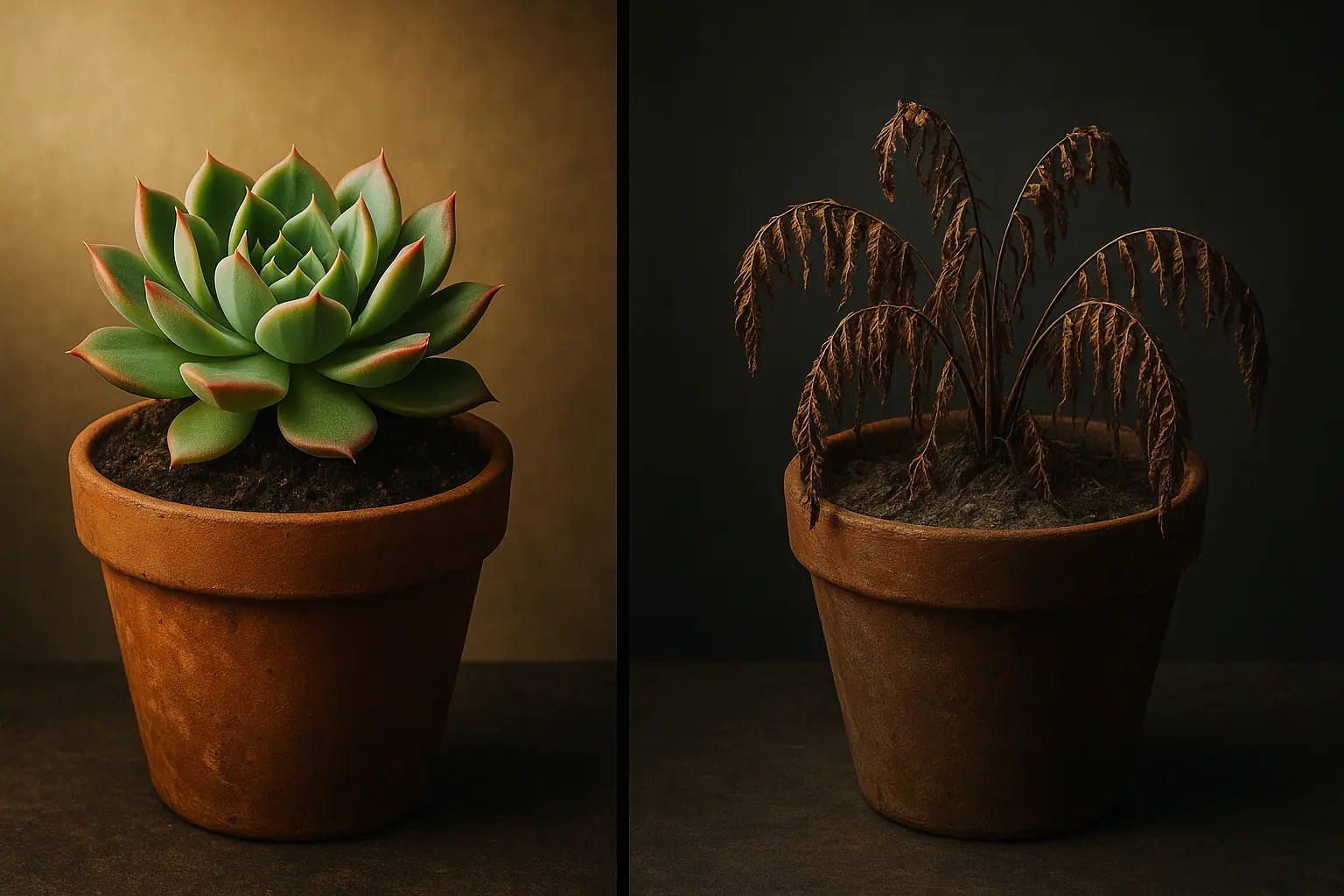
Scientific data on cat litter's garden effects remains thin. Gardener forums, however, offer a patchwork of "case files." Think of it as citizen science. Uncontrolled, yes. We've sifted through countless posts where gardeners share their direct experiences. One user might report, "My lavender thrived with unused clay litter for drainage!" Yet, another could warn, "That same litter type damaged my delicate petunias." These varied accounts paint a real-world, if inconsistent, picture of plant reactions.
Hardy, drought-tolerant plants sometimes appear in positive user reports. Succulents often get a mention. Cacti too. Users suggest these types can tolerate the enhanced drainage from certain unused inorganic litters. "I've had luck adding a little unused clay to my cactus mix for years," one gardener might share. But caveats always follow. "Only a small amount," many stress. "And never near the roots of sensitive seedlings," is another common piece of advice from these experienced users.
Conversely, delicate plants frequently feature in UGC "casualty reports." Moisture-loving species, like many ferns, are common examples. Acid-loving plants such as azaleas or blueberries also appear in these cautionary tales. "My Boston fern turned yellow within weeks of adding that litter amendment," is a sadly familiar refrain. User consensus suggests these plants just can't handle the potential pH shifts or salt content some litters introduce. The results? Often disappointing for the gardener.
The type of litter used in these anecdotal reports is absolutely crucial. Stories involving used cat litter almost universally end in plant distress. Or worse. Pathogen risk is the overwhelming concern voiced by the community. A golden rule echoes across forums: if litter has been in the box, it stays out of the garden. No exceptions. Users strongly warn the risk of spreading harmful organisms to your plants, pets, or even yourself is simply too high.
The Expert View (From the Trenches): What Do Seasoned Gardeners Really Say?
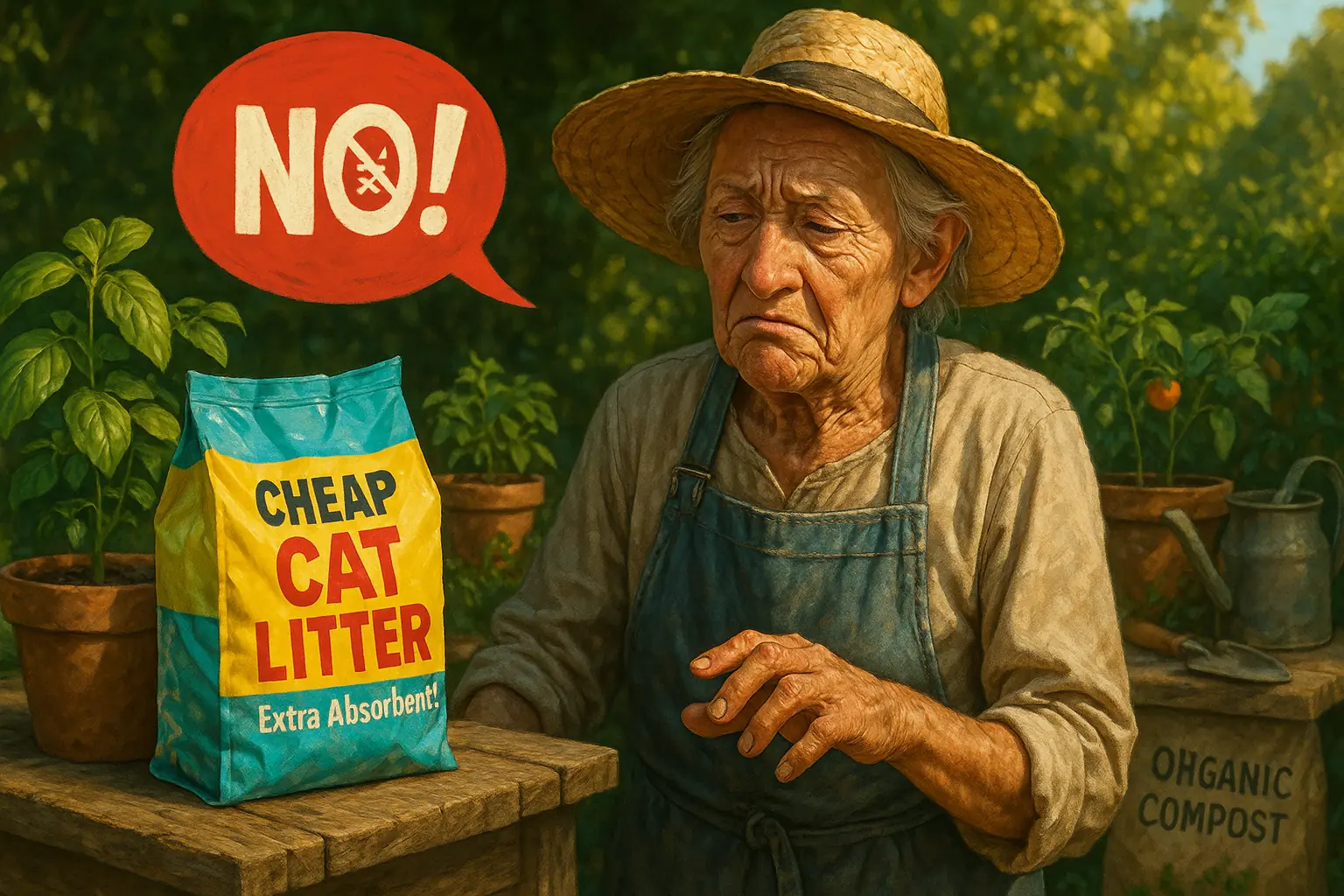
Our analysis of online gardening discussions reveals a distinct pattern. Novice gardeners sometimes post about trying cat litter in soil. A different story emerges from seasoned contributors. These experienced voices often express skepticism. They frequently advise against this practice. Their warnings are usually quite direct.
Why the caution from garden veterans? Their core message centers on unnecessary risks. Cat litter, they argue, introduces potential soil contaminants. Pathogens from cat waste are a major concern, even with compostable types if not perfectly managed. Non-compostable litters? These offer no real soil benefit according to many experienced gardeners. They often ask a simple question. Why gamble with pet waste products? Proven soil amendments like compost or perlite are readily available. They are safer. They are designed for garden use.
These seasoned UGC contributors emphasize sound horticultural practices. Good gardening relies on understanding soil. It depends on plant needs. It does not rely on questionable 'hacks'. Such shortcuts can backfire badly. The consensus from these online garden veterans seems clear. Stick to known, safe methods for your plants. And for the environment. Cat litter as a soil fix? They suggest it simply is not worth the potential problems.
The Verdict: Genius Hack, Risky Business, or Toxic Mistake?
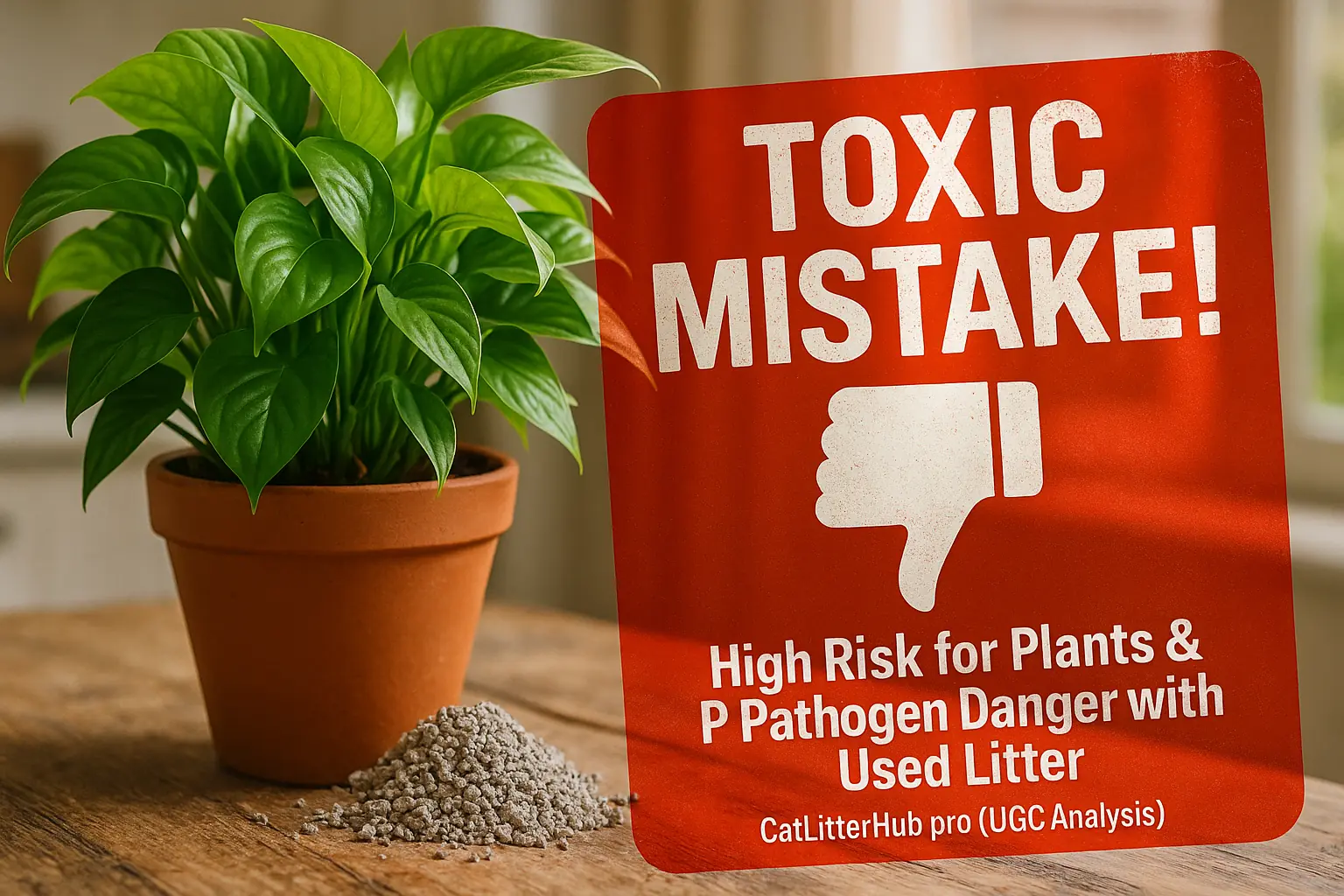
So, what is the real story on using cat litter for plants? Our sifting of countless gardener discussions reveals a dominant view. It is mostly a risky proposition. Using litter that has seen box action? That is where many experienced green thumbs draw a firm line, calling it a potential toxic mistake. The collective wisdom points to significant hazards.
A few online accounts do mention isolated successes. These involve new, unused inorganic litters. Certain clays or silica gels sometimes improve drainage for very specific, hardy plants. These tales, however, are frequently overshadowed. Reports of plant damage flood user forums. Salts, chemicals, or pH imbalances are common culprits cited in these experiences. For every story of a thriving succulent, feedback suggests many more describe a cherished houseplant’s decline. The potential upsides rarely appear to balance the gamble, according to the weight of user experiences.
The gardening community offers one non-negotiable rule. Never use used cat litter. Not in any garden. Not in any potted plant. The risk of spreading dangerous pathogens is far too great, a point echoed repeatedly in user warnings. This verdict is unanimous. It is loud. Endangering your plants, your pets, or your own health is not worth it. Far safer, proven soil amendments are readily available. Our deep dive into this user-generated feedback leads to a clear conclusion. While a clever litter hack sounds tempting, the evidence overwhelmingly suggests it is a toxic mistake waiting to happen for most. Choose proven soil amendments. Your plants will thank you.

